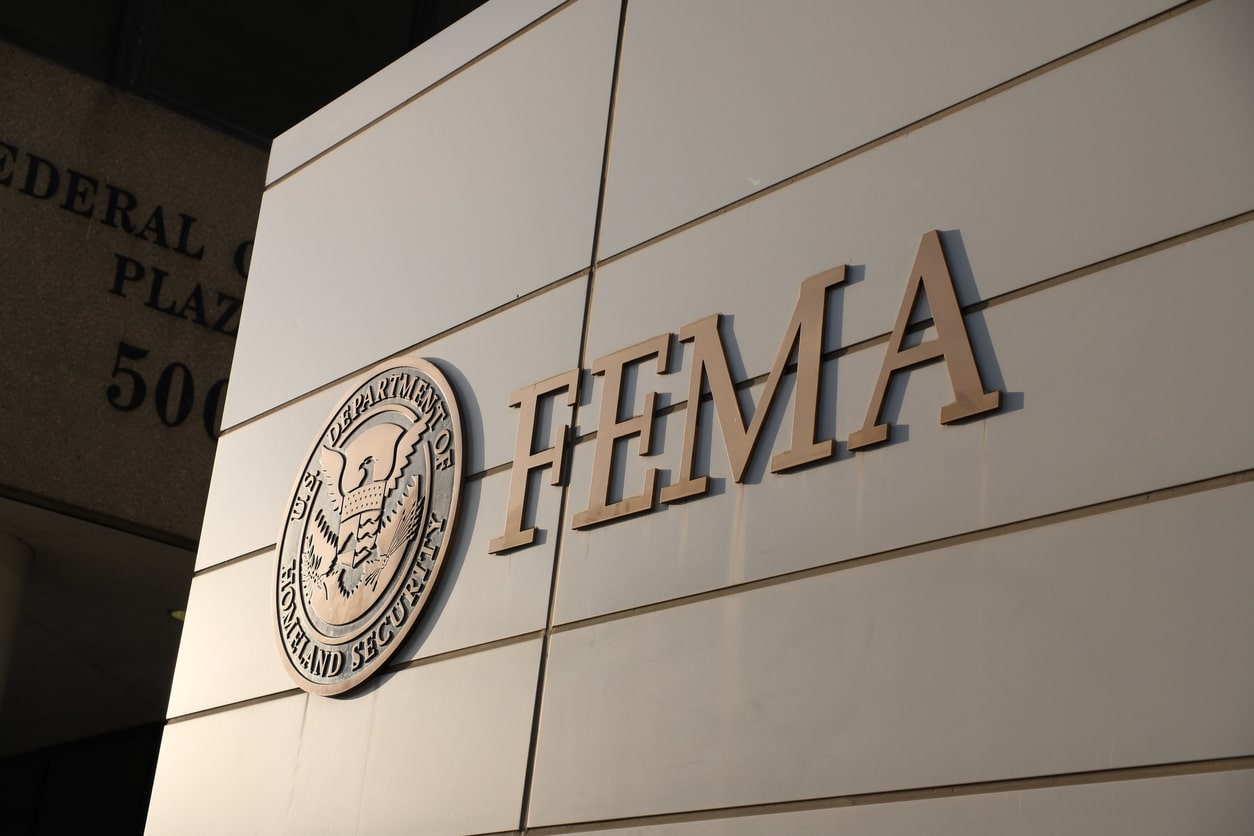As reported in The Washington Post, the Trump administration is no longer pursuing plans to abolish the Federal Emergency Management Agency (FEMA), according to senior officials. While initial statements from President Donald Trump and Homeland Security Secretary Kristi L. Noem suggested a full elimination of the agency was under consideration, recent developments indicate the administration is opting for a shift in strategy rather than dissolution.
Rebranding FEMA’s Role
A senior White House official stated that no official steps are being taken to dismantle FEMA. Instead, the agency may undergo a “rebranding” to emphasize a greater leadership role for state officials during disaster response efforts.
“You’re already seeing the theory taking place in Texas,” the official said, referring to the federal government’s quick financial assistance following the deadly floods in the state. President Trump visited the flood-affected areas last week, where he met with first responders, family members of victims, and local officials, including Governor Greg Abbott.
FEMA Review Council and Upcoming Report
The FEMA Review Council, established by executive order earlier in Trump’s second term, has convened twice and is expected to release a report in November. The report will include recommendations on how to improve the nation’s federal disaster response framework.
A second White House official described the council’s recent meeting in New Orleans as “productive,” noting widespread public engagement.
According to White House spokeswoman Abigail Jackson, the council will recommend reforms that align FEMA’s role with the scale of a given disaster. She added that the agency’s current structure has created “a bloated bureaucracy that disincentivized state investment in their own resilience.”
Mixed Reactions from Officials and Observers
Press Secretary Karoline Leavitt reiterated that the administration is still discussing how to structure federal disaster response going forward. She emphasized that the president supports ensuring citizens receive needed assistance, whether from federal or state sources.
However, delays in deploying FEMA’s specialized search and rescue teams during the recent Texas floods have drawn criticism from current and former agency employees. They cited administrative spending and contract restrictions as contributing factors.
Federal spending on disaster relief has increased significantly in recent years. The Government Accountability Office (GAO) reported that in 2024 alone, the United States experienced 27 major disasters exceeding $1 billion in damages each. Over the past decade, the federal government has spent more than $550 billion on disaster response.
Public Support for a Federal Role
Polling conducted by the Associated Press and NORC indicates that most Americans support a substantial federal role in disaster recovery. Eighty percent of Republicans and 87 percent of Democrats said the federal government should play a major role in aiding communities after disasters. Seventy-four percent supported a major role in rebuilding efforts.
Despite this support, debates continue over the appropriate scope of FEMA’s involvement. Trump has stated he prefers a model in which the federal government provides funding but state governments make key decisions. He has expressed skepticism about the effectiveness of federal workers who are unfamiliar with local conditions.
Plans for Future FEMA Operations
Tricia McLaughlin, Assistant Secretary of Homeland Security, said FEMA “as it is today, will no longer exist.” She emphasized a transition to a leaner, more responsive system that prioritizes state-led efforts. The FEMA Review Council is currently developing a comprehensive plan for implementing necessary changes.
Some state officials, such as North Carolina Representative Jake Johnson, advocate for a block grant system that would direct federal funds straight to the states. Johnson criticized FEMA’s bureaucratic processes and expressed confidence that states could handle disaster response independently with sufficient federal funding.
At the same time, other state emergency management leaders say a strong federal role remains essential, especially for smaller or under-resourced communities. One unnamed official stated they felt “far more comfortable” after recent conversations with the review council, indicating confidence in the ongoing evaluation process.
Conclusion
While the Trump administration initially floated the idea of eliminating FEMA, current indications suggest the agency will instead undergo structural and operational changes aimed at increasing state authority in disaster response. The FEMA Review Council’s forthcoming report in November will likely provide further guidance on the agency’s future.
Stay informed and ahead of the curve — explore more industry insights and program opportunities at ProgramBusiness.com.













